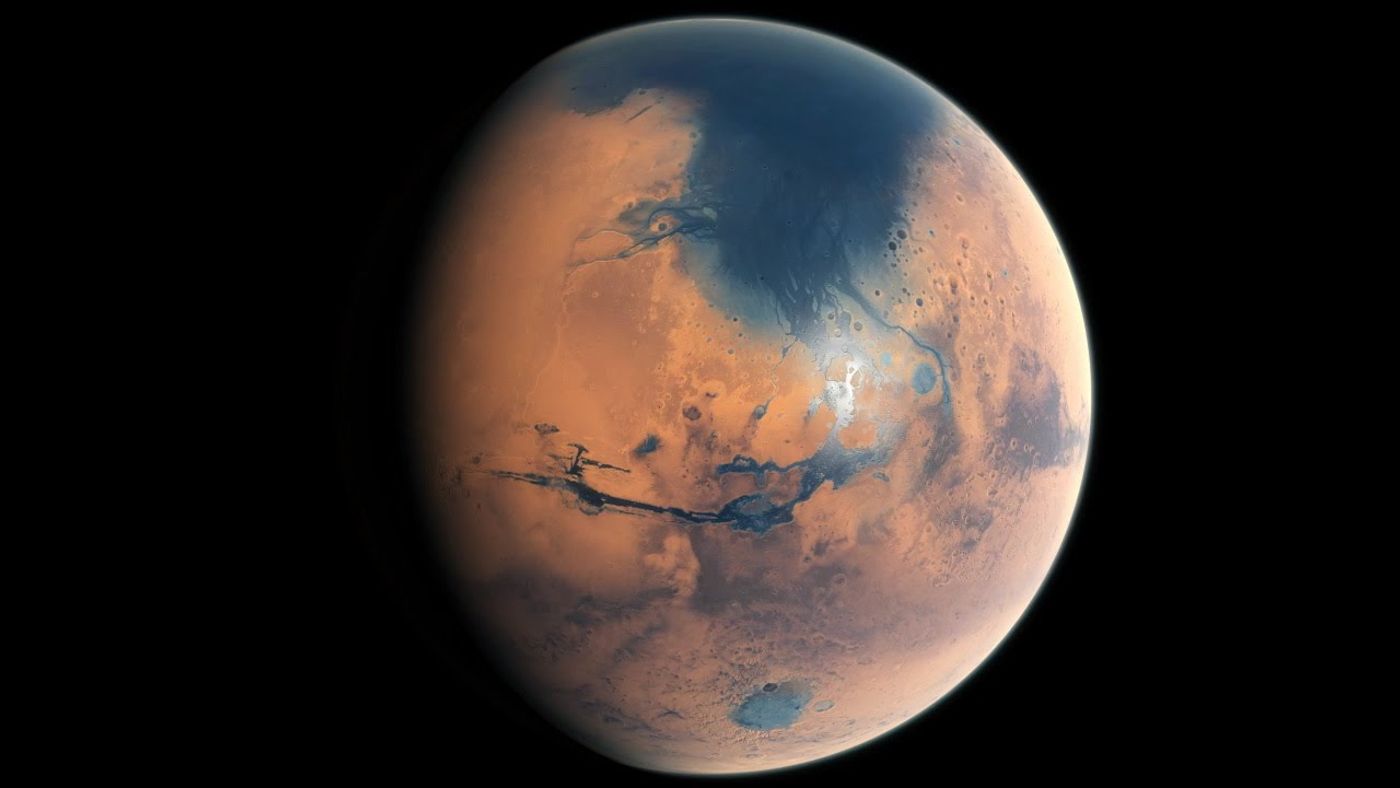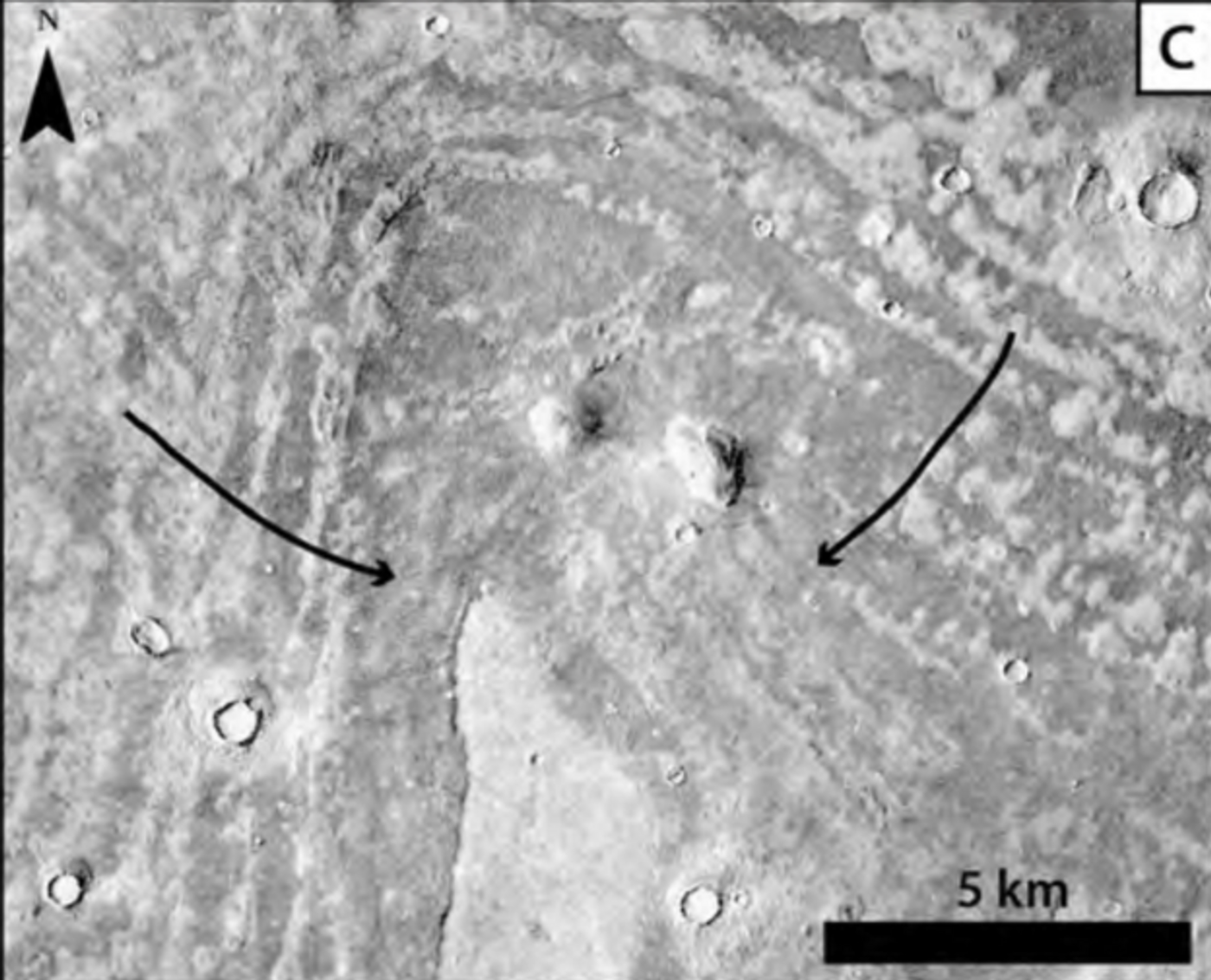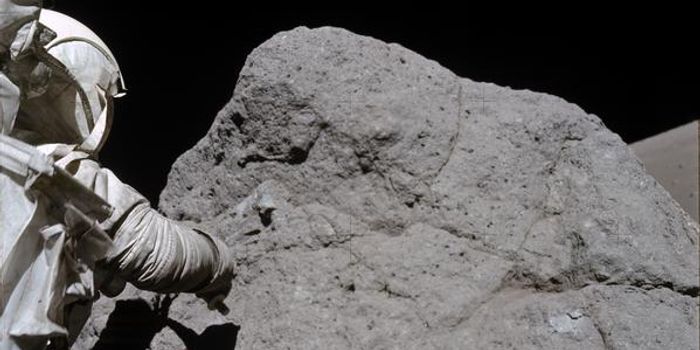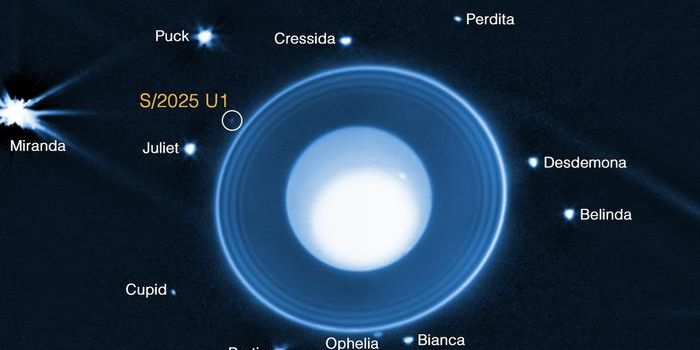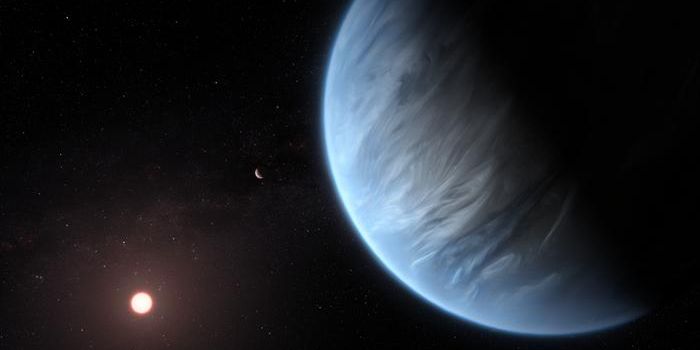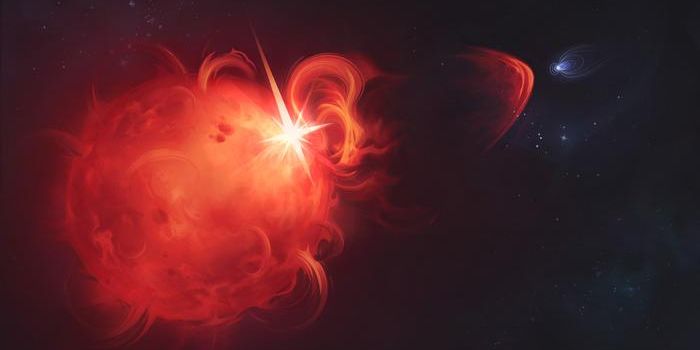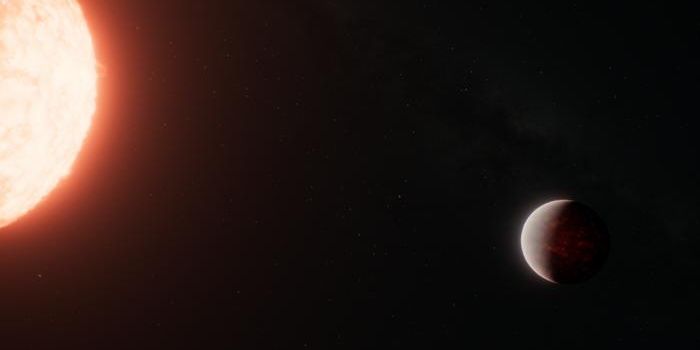Researchers Link Martian Crater to Tsunami Activity Billions of Years Ago
When you look at Mars today, you probably have a hard time believing that the planet ever had any traces of water oceans like the Earth has. On the other hand, scientists do believe that the red plant had vast oceans spanning the Northern hemisphere well over 3 billion years ago, before it became the desolate wasteland it is today.
Image Credit: SciNews/YouTube
Published in the Journal of Geophysical Research Letters Planets, a study points out the evidence on Mars’ surface to explain powerful tsunamis that once swept through an ocean that spanned the Northern hemisphere. It goes on to suggest that the tsunamis were generated by large impacts, and even goes as far as to tay which one would have caused the tsunami.
The large Lomonsov crater, which is approximately 90 miles wide, is perhaps the most viable candidate for being the source of the massive tsunami reported in this study; experts say it could have been up to 330 feet tall.
The tsunami would have created such powerful torrential forces that they carried sediment kicked up from the impact from one part of the planet to another; a process is known as deposition. Because of this, scientists were able to trace thumbprint sediments that are unique to one part of the planet and match it to other parts where it was dispersed from this activity.
This was made possible thanks to the current models we have of Mars, which include detailed terrestrial analyses that have been validated. The researchers also used models to predict the behavior of the tsunami, which included hypothesizing what caused it and how tall it was at the time.
Image Credit: Journal of Geophysical Research Letters Planets
"The possibility that a large ocean once occupied the Martian northern plains is one of the most important and controversial hypotheses to have originated from the exploration of Mars," the researchers note. "We mapped lobate deposits, which appear and are potential tsunami deposits associated with the existence of a former ocean. We identified the most probable crater sources of the proposed tsunami deposits from a numerical modeling."
Perhaps some of the most solidifying evidence for the tsunami is the fact that the sediment appears to have been pushed uphill. The only way this would have been possible is if there was a vast ocean and the high-rising tsunami currents were able to push the sediment far from their source, where they would later settle.
While there has been evidence for tsunamis before, this is reportedly the first time that they’ve been linked to a particular impact crater. This breakthrough discovery could help us continue to unfold the unexplained history of Mars.
Source: BBC
